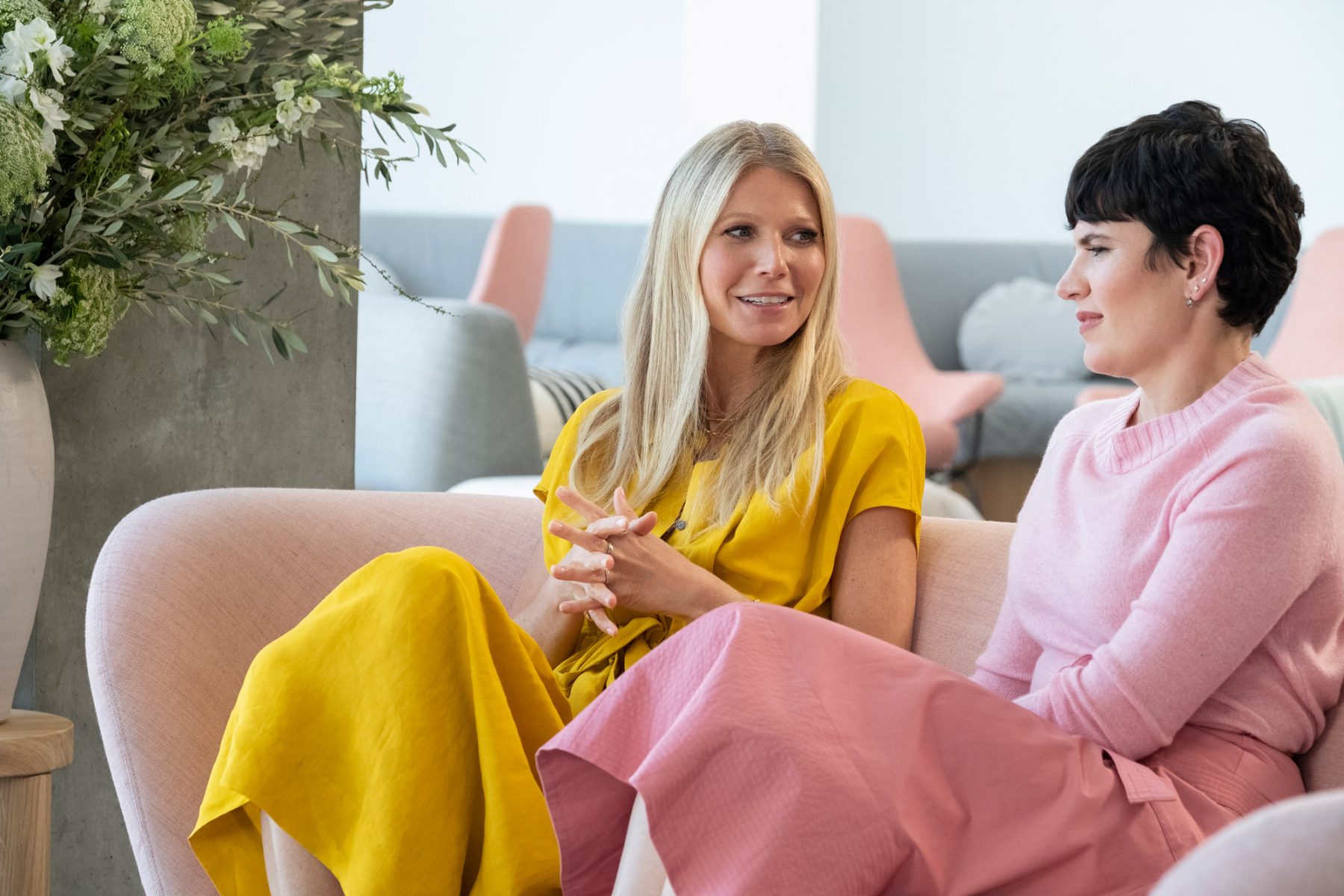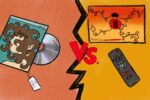Gwenyth Paltrow’s lifestyle brand, Goop, has taken heat for several years for marketing products based on pseudoscience. Goop began in 2008 as Paltrow’s “homespun weekly newsletter,” according to the brand’s website. Now with a fashion label, a line of skincare and “wellness” products, recipes, cooking ware and even a podcast, the brand has grown exponentially since its birth. One feature of Paltrow’s enterprise that is constantly under fire is its rather strange sex advice. In a since-deleted article resulting in a $145,000 fine, Goop encouraged women to put a jade egg in their vaginas to increase sexual empowerment. (Not only is this suggestion ridiculous, it is downright dangerous.)
Goop’s latest venture is a six-part Netflix series titled “the goop lab,” (lowercase because they’re cool) in which Paltrow and her team explore “boundary-pushing wellness topics” such as energy healing, psychedelics, cold therapy and the female orgasm. In their most talked about episode, Goop films a woman’s entire orgasm — and fascinated viewers cannot stop watching. Is this another opportunity for the enterprise to capitalize on their “cool mom” image, or does this open up a conversation that really needs to be had about the female orgasm? Critics and viewers alike can’t come to a consensus.
In Episode 3 of “the goop lab,” titled “The Pleasure Is Ours,” Paltrow’s team is joined by female sex educators Betty Dodson and Carlin Ross. Right off the bat, Dodson, now 90 years old and still a leader in sex activism, clarifies that the vagina is only the birth canal; it turns out the vulva is the proper term for the sex organ that brings pleasure. “Most women can’t identify the vagina from the vulva,” says Dodson, and the first part of the episode is devoted to exploring that difference with a variety of women. To prove to viewers that everyone’s body parts are different, the episode airs a series of photos of different vulvas. (As Ross points out, “If you just show one then that becomes the one that we all compare ourselves to.”) The women themselves are a variety of ages, skin colors and even sexualities. The women in the episode (none identified themselves as another gender) all had limited knowledge on female sexual pleasure — their own sexual pleasure — going into the experience. “Women deserve pleasure,” Dodson repeats throughout the episode.
Dodson later describes her famous orgasm trick, called The Betty Dodson Method. In one study, 465 out of the 500 participants who previously believed they suffered from anorgasmia were able to reach orgasm using her method. Involving liberal amounts of oil-based lubricant and an intimidatingly large vibrator, her method requires much more work than one might think necessary.
At the very end of the episode, Ross demonstrates Dodson’s method on herself. More beautiful than sexual, the scene is far less risqué than media coverage of the series will have apprehensive viewers believe. While the Goop team discusses the vulva and methods to achieve sexual fulfillment in deep, honest detail, they make it a comfortable conversation for the viewer to participate in. The dialogue is accessible and casual, making it easier for viewers who are shy of “the sex talk” to discuss female pleasure in a normal, healthy way. Paltrow plays the part of the clueless student, learning about her vulva alongside the viewer. Although her acting is not winning — she has two children and a brand that constantly discusses female body parts: Paltrow knows what the vulva is — she helps make the viewer feel that they’re not alone in their cluelessness.
“The Pleasure Is Ours,” as the title suggests, seeks to help women take back their own sexuality. Yet while it makes the conversation about orgasm more approachable, it does not make the act itself feel accessible to all the women who watch it.
Stylistically, the episode is wholly unrelatable. Paltrow and her team are perfectly made-up, their flawless skin and immaculate makeup under the bright, full lighting of the studio giving them Greek-goddess appearances. The Instagram-ready set and over-edited shots make the viewer hyper-aware that they are watching fiction, the female orgasm thus becoming part of that oversaturated, filtered fiction.
It is also too obvious that Goop is profiting off of women’s bodies. All of the women participating in the workshops are Goop staffers, and Betty Dodson, as well as the other sexual health experts featured, are clearly profiting off of their sage words. The episode doesn’t dive into the specifics of any way to reach orgasm besides The Betty Dodson Method, which requires a $140 stainless steel barbell (currently sold out on Amazon) and a Magic Wand vibrator, which retails for upwards of $44. The Goop team doesn’t say that using such expensive products is the only way to achieve orgasm, but they don’t provide any alternatives.
Throughout the episode, the team participates in several workshops designed to make themselves more confident in their bodies and comfortable telling their partners what makes them feel good. This unfortunately has the effect of making the viewer feel that they have to participate in healing workshops and over-the-top explorations of self, as these are the only methods Goop covers. Instead of removing boundaries to orgasm and putting female pleasure on an equal plane to male gratification, the stylistic elements of the episode over-dramatizes the orgasm and turns it into something lavish and otherworldly.
If their goal was to normalize the orgasm and create a healthy dialogue around female pleasure, the first part of the episode succeeds. Yet as Carlin Ross says of the vulva, “If you only show one then it becomes the one.” By only showing one way to reach orgasm and predicating sexual confidence in high-end workshops, Goop makes the orgasm feel more like a luxury experience than something that anyone can access. My takeaway? Curious viewers should take the first half of the episode seriously and regard the rest as fiction.

















